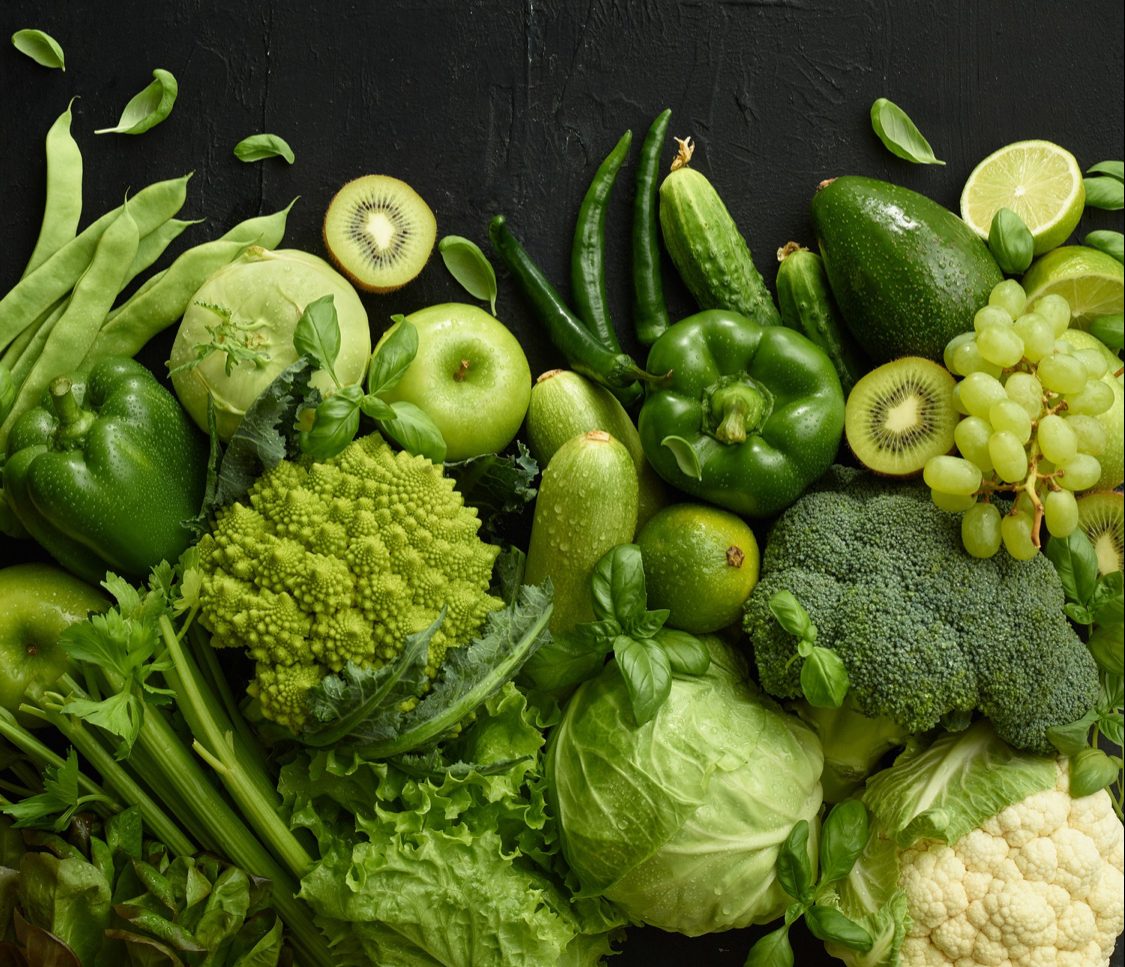Warning from the Food Safety Department
The Food Safety Department of Kerala has warned against the widespread use of artificial colours in food items, bakery products, and soft drinks. Some of these contain banned food colours that can cause serious health issues. Even approved food colours, when used excessively, can lead to health problems. To combat this, the department is raising awareness about the dangers of food colouring.
Excessive Coloring: A Growing Concern
Many soft drinks, ice creams, “sip-up” drinks, bottled beverages, and packaged foods sold in crowded areas are heavily tinted with artificial colours. This trend extends to sweets like cumin candies, jelly sweets, laddoos, and jalebis, as well as fried snacks and dishes such as fried fish, fish curry, chicken tikka, dry fry, and chilli chicken, all appearing unnaturally vibrant.
Staying Safe from Harmful Additives
While packaged foods and beverages list added colours on their labels, it is difficult to detect artificial colours in unlabelled items without laboratory testing, which the department conducts through sample collection. To protect your health, it is best to avoid brightly coloured food items whenever possible.
Banned Artificial Colours: A Health Hazard
The Food Safety Department has banned artificial colours such as Rhodamine B, Amaranth, Orange 2, Metanil Yellow, and Malachite Green. Rhodamine imparts a magenta hue, while Amaranth gives a red tint. Consuming these colours can damage organs like the liver, kidneys, and bladder, and even increase the risk of cancer. Despite their harmful effects, many continue to use them illegally due to their low cost and vibrant intensity.
Natural Alternatives for Safer Coloring
Instead of artificial colours, there are natural alternatives that can be safely used in food. Turmeric powder can provide a yellow hue, while carrots are perfect for orange. For maroon, beetroot is a great option, and butterfly pea flowers can be used for blue. Spirulina can create a green colour, caramel can give a brown shade, and paprika can be used for red. Although these natural colours may not be as intense as artificial ones, they are much safer for your health.
Source: Mathrubhumi
 Food Manifest
Food Manifest 


















